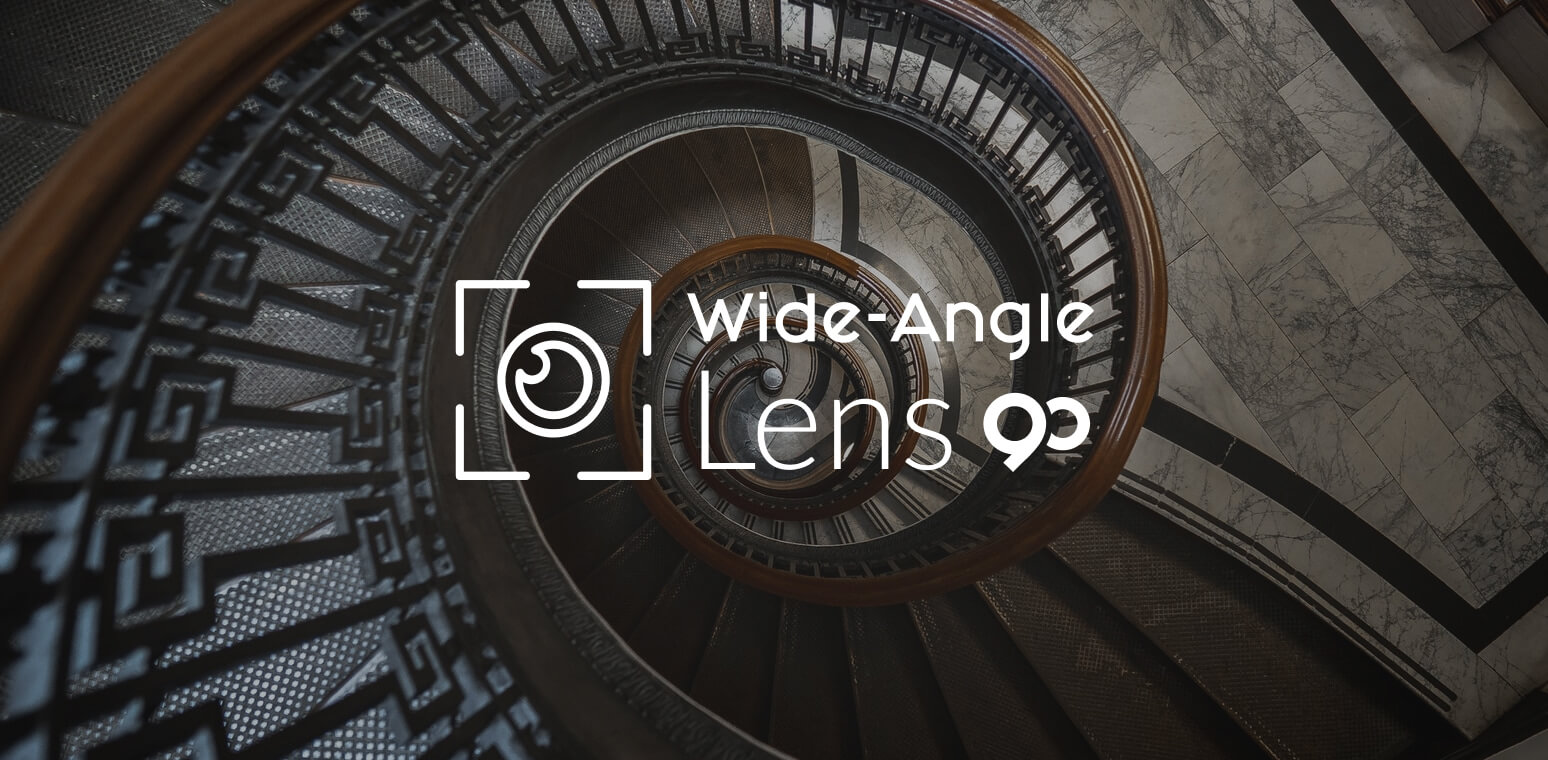
A wide-angle lens is a lens that has a focal length (degree of magnification in a camera lens) which is substantially smaller than that of a standard camera lens.
For 35mm film, a standard lens has a focal length of about 40-60mm while a wide-angle lens is 15-35mm. Anything below 15mm would be ultra-wide-angle.
Subsequently, wide-angle lens shots often result in “barrel distortion” which makes straight lines appear curved. A rectilinear wide-angle lens can minimize this distortion.
Both filmmakers and photographers use wide-angle lenses primarily when shooting landscapes and interiors so that more of the scene can be included in the image.
Wide-angle lenses are efficient at producing depth of field, where differences in distance or size between objects in the foreground and background are highly emphasized.
Primary uses
Extreme close-ups
Wide-angle lenses are commonly used in cramped spaces to emphasize the amount of space in the shot so that the focus is on the actor rather than the background but not completely neglecting to show the environment.
This makes wide-angle lenses better-suited for extreme close-ups than a standard camera lens, especially if the focal point is going to be on just one feature (such as an actor’s eyes opposed to their entire face.)
Wide shots
Wide shots and panoramas aren’t one in the same but both strive to show off as much of the scene’s environment as possible.
A wide-angle lens is needed to incorporate the entire environment into a wide shot to show the viewer the entirety of the film’s setting. Wide shots are also useful as cutaways if a scene is particularly difficult to edit.
Secondary uses
Depth of field
Whether you’re shooting a feature film or a short promotional video, depth of field is often used in storytelling as well as emphasizing a product’s features.
Wide-angle lenses are more effective than standard camera lenses at making foreground objects into prominent focal points while blurring out the background. The aesthetic effect depth of field has on a scene can be incredibly dramatic.
Small spaces & virtual tours
Virtual tours of properties have risen in popularity in recent years as people want to see more than just pictures when they look up properties online.
Wide-angle lenses are frequently used in architectural applications and prospective homebuyers are no exception.
Because they can capture more space than a normal camera lens and make the most of small spaces, wide-angle lenses give the illusion of rooms being larger than they appear which helps generate interest in virtual tour shoots (especially for small studio apartments.)